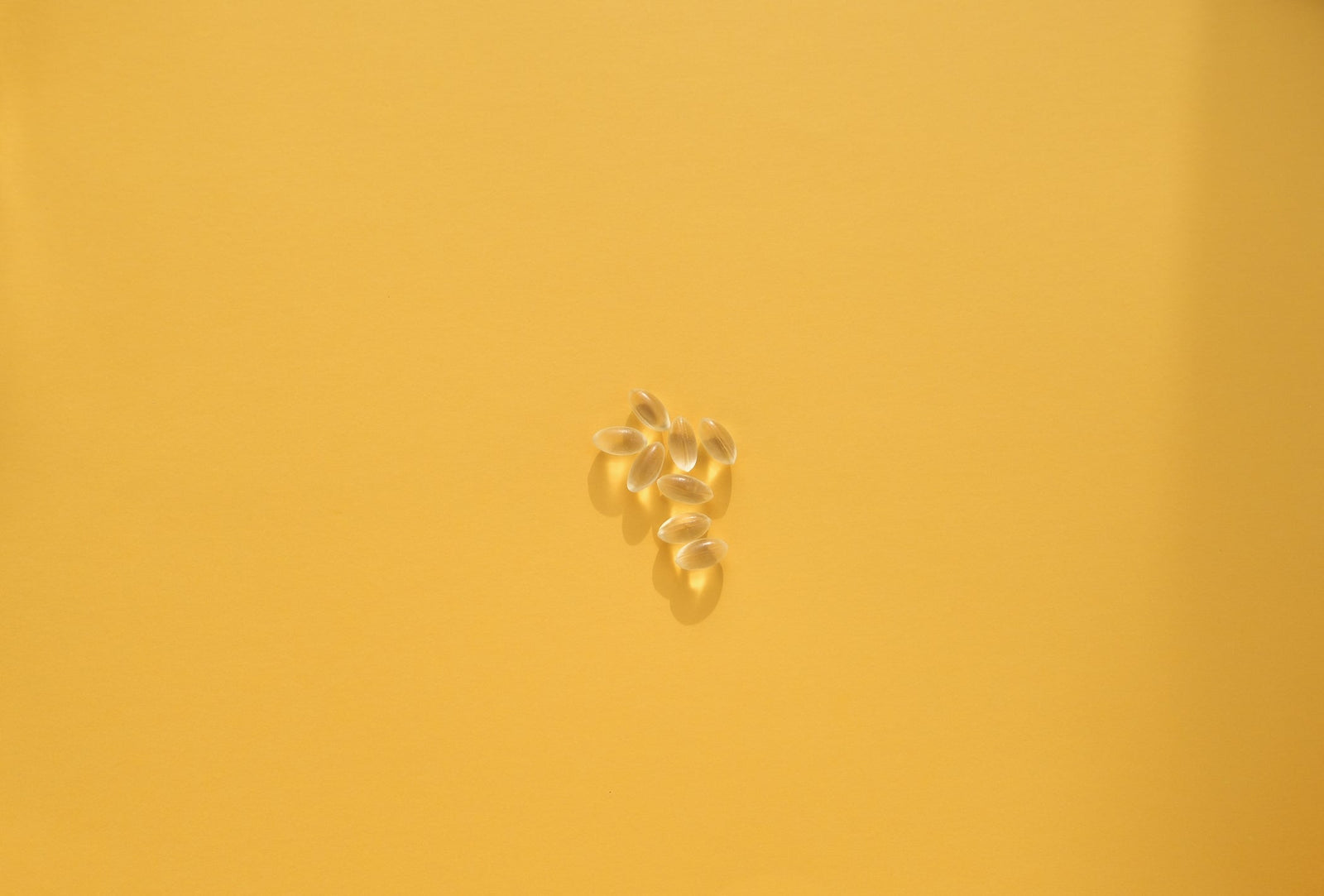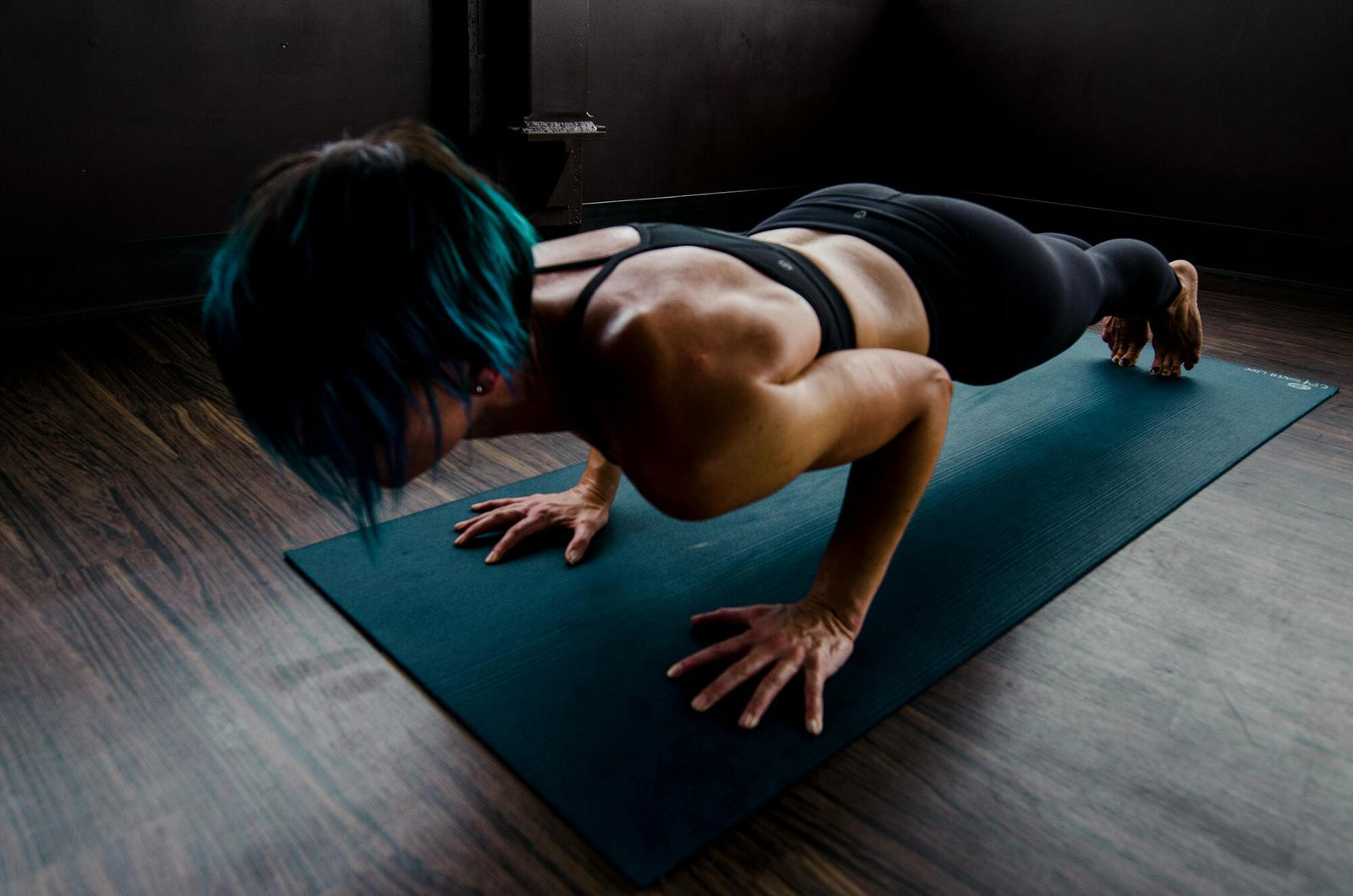Your Cart is Empty

February 23, 2021 5 min read

The blood circulatory system is responsible for delivering nutrients and oxygen to every cell in the body. Our body contains about 60,000 miles of blood vessels, all working to provide nourishment and oxygen to every muscle and tissue in our body. In fact, we have two blood circulatory systems, the systemic circulation which provides blood to organs, tissues, and cells, and the pulmonary circulation in which the fresh oxygen we breathe in enters the blood. All the while, carbon dioxide is being released from the heart. These blood vessels, like cogs and wheels or pumps and pipes, are transporting blood from your heart all throughout the entire body; arteries carry blood away from the heart, while the veins carry it back.
When all these blood vessels are healthy, clear, and flexible, the muscles (including the heart) are being nourished and the brain is firing on all cylinders. Unfortunately, maintaining optimal circulation isn't always easy. When any area of our body is deprived of oxygen, the results can be much more severe than tingling in your fingertips. Poor circulation can lead to fluctuating blood pressure, high cholesterol, blood clots, and much more. All of which increase your risk factors for more serious conditions, some of which are fatal. No matter how severe or seemingly mild, poor circulation is nothing to sweep under the rug.
The symptoms of poor circulation are hard to identify right away. They can be subtle, or passable as a side effect of inadequate sleep, or even something that can be solved with an over the counter painkiller. However, they might be a sign of something much more severe.


Take our quiz and find which supplements your body is craving.

One of the most common causes of poor circulation is blockages or narrowed blood vessels. This can happen when calcium and plaque build up within the veins and cause the blood vessels to become stiff. A number of conditions can lead to poor circulation and in return, they can be worsened by it.

Depending on the severity and underlying cause of your blood circulation, it may require simple lifestyle changes or a more robust treatment plan, per your doctor's discretion. Diabetic patients will likely be prescribed insulin. People with Raynaud's disease may be given alpha-blockers and calcium channel blockers. Endoscopic surgery may be recommended to treat varicose veins.
In any case, you should seek specific medical advice from a trusted doctor to gauge the severity and find the cause of your circulation issues. Other simple, nonprescription methods for increasing blood circulation include:
Our body contains about 60,000 miles of blood vessels, all working to provide nourishment and oxygen to every muscle and tissue in our body.
One telltale sign that your muscle fatigue is due to circulation problems is if you feel pain or throbbing in the area after resting.
Swelling in the legs, ankles, and feet is another common and serious side effect of poor blood circulation.
Raynaud's disease causes the veins to contract and prevent blood from flowing to the fingers and toes.

April 08, 2025 7 min read
Discover the powerful trio for graceful aging—Vitamin D3+K2 and Omega-3 fatty acids. This dynamic combination supports bone strength, heart health, immune function, and reduces inflammation, helping you maintain vitality and well-being as you age.

March 20, 2025 8 min read
Discover the benefits of creatine for women with Amandean’s Creatine HCI. Improve strength, energy, recovery, and cognitive function with this high-absorption formula. Its advanced HCl form ensures easy digestion and no bloating, providing all the benefits without the drawbacks. Elevate your fitness journey and overall wellness with a supplement designed for women’s unique needs.

March 03, 2025 7 min read
Discover how Bryan Johnson, a tech entrepreneur turned biohacker, uses cutting-edge science and personalized genetic testing to revolutionize health and longevity. Learn how biohacking, from diet to mental health practices, can help you live longer and healthier, with practical strategies to optimize your well-being. Find out more about genetic testing, and ways to implement results into your wellness routine.